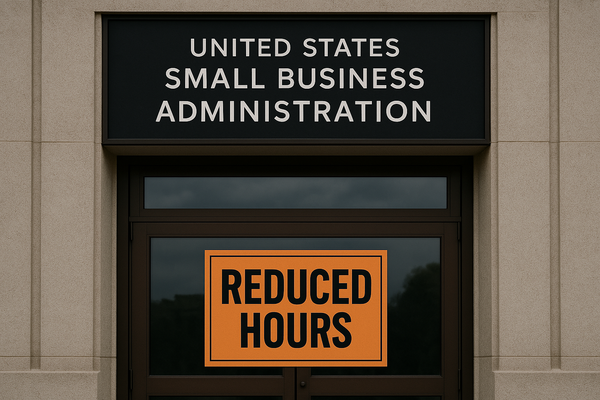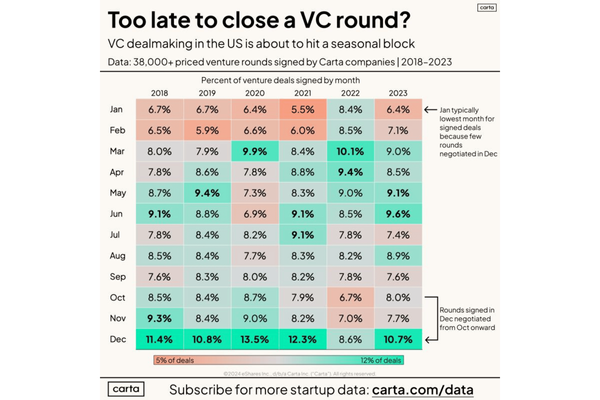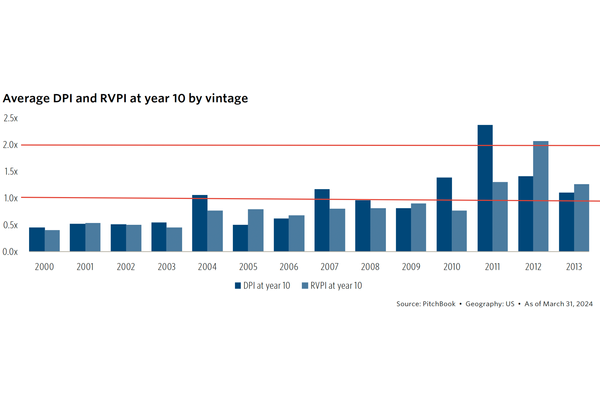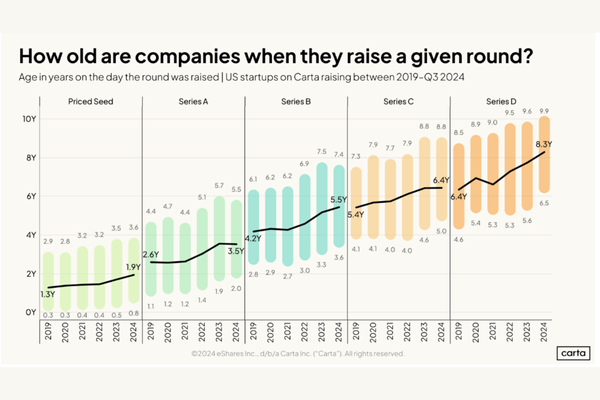Learning From the Casper IPO - Investor Sentiment Shifts Fast
In the world of startups and venture capital, industries move in and out of favor very fast. It doesn’t take much for an industry that’s been attracting huge amounts of investor attention and capital to suddenly lose its shine.
We are seeing this happen right now in the direct-to-consumer (DTC) space.
Casper recently filed for its IPO. If you don’t know Casper, the company is one of the leaders in the very crowded DTC mattress space.
Casper has raised over $355 million in venture capital, pouring that money into customer acquisition in a race to crowd out competitors.
These efforts have certainly been successful in growing Casper’s top line, but at the expense of growing losses and accelerating cash burn. In 2017, Casper reported sales of $250 million and a loss of $73.4 million. In 2018, sales grew to $360 million, but losses grew as well, reaching $92 million.
It seems like this trend continues in 2019. In Casper’s S-1, the company reported sales of $312 million on losses of $67 million for the first nine months of the year.
So Casper is one of the first high growth, high cash burn DTC companies to try to go public, and so far it’s not going as well as they might have hoped. The projected range for the IPO is $17 – $19 per share. At the high end of the range, Casper’s valuation would be $768 million.
Which in almost any case, would be an amazing result. But as noted above, Casper has raised $355 million from investors, with the company’s last valuation pegged at $1.1 billion.
So even at the high end of the projected stock price range, the company’s valuation at the IPO would be less than 70% of its last valuation. Ouch.
But this isn’t just a problem for Casper and the company’s late-stage investors.
This is a problem for any DTC startup hoping to raise another round of funding from investors to fund their growth. Because the failure of Casper to maintain its unicorn status through the IPO will cause valuation compression all the way down the DTC stack. And the failure of Casper to be able to show a believable path to profitability is the key reason why the IPO has been unable to generate investor enthusiasm at higher valuations.
We saw this a couple of years ago with the subscription box model. For several years, investors poured hundreds of millions of dollars into subscription box companies such as Blue Apron, BarkBox, and BirchBox.
And then Blue Apron went public, and today trades at approximately 3% of its original IPO price, and less than 1% of its last valuation as a private company. The company was nearly delisted before it executed a 1:15 reverse stock split just to keep the share price above $1.
And just like that, VC interest in subscription box models evaporated. These startups could no longer raise funding, and if you were a founder in between fundraising rounds, you were stuck. It was time to get profitable or pivot as fast as possible.
If you’re building a DTC startup right now, and expect to need to raise venture funding to pour into customer acquisition to drive revenue growth, you’re going to face an increasingly skeptical marketplace. And fewer funding options than ever before.
In the first half of 2019, being a venture back DTC startup seemed like the place to be. Funding was still flowing from investors to founders, and the headlines were focused on all of the budding unicorns in the space.
But Casper will have an impact on that narrative going forward. For the venture-backed DTC space, winter is here.
Regardless of your industry, as a startup founder, this is the risk of jumping into a seemingly hot startup market, with the goal of chasing top-line growth funded by investors, with little regard for mounting losses and cash burn. Investor sentiment can shift fast, and leave you high and dry just at the moment when you can least afford to lose their support.




